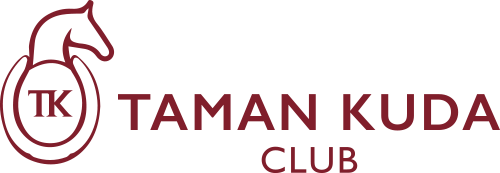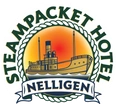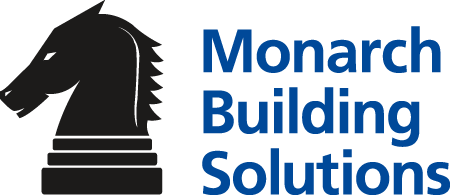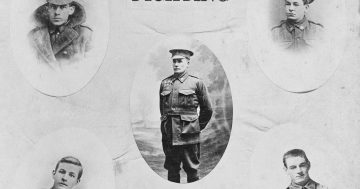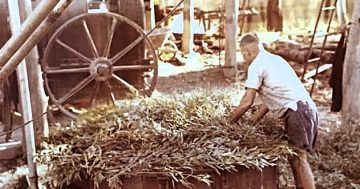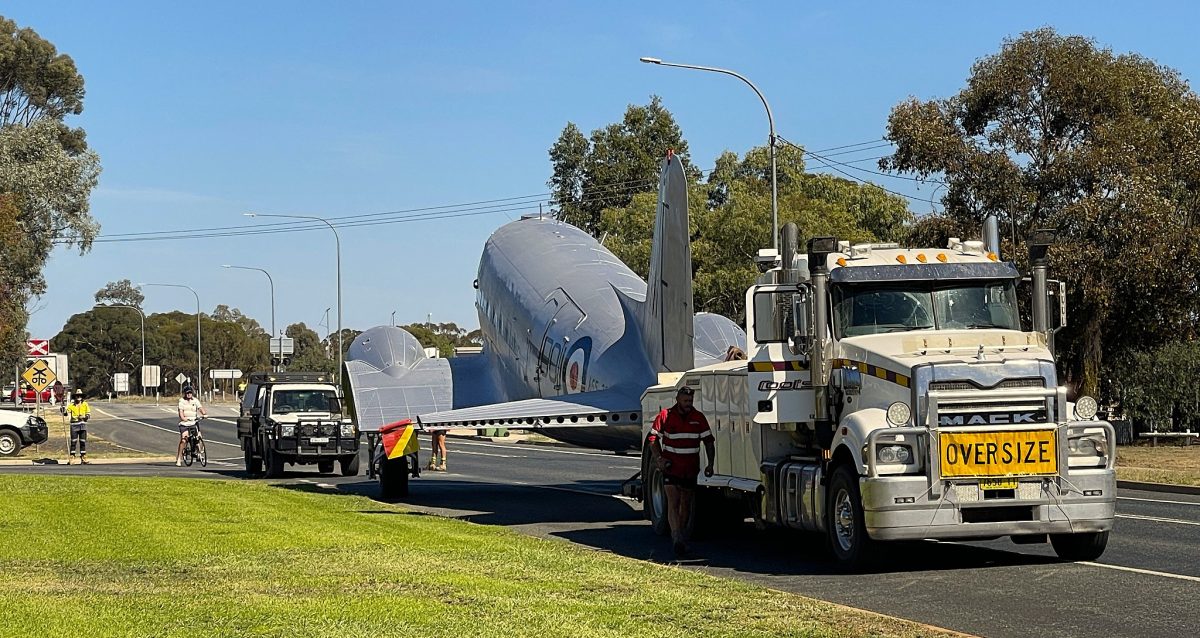
As befitting a wartime hero, West Wyalong’s newly restored landmark Douglas DC-3 Dakota slowly moved through the town streets prior to last week’s Anzac Day celebrations, before being returned to its home at Lions Park. Photo: Bland Shire Council Facebook.
One of West Wyalong’s most recognised landmarks has been given a new lease on life, with an iconic vintage warbird restored in time for last week’s Anzac Day commemorations.
After months of detailed restoration work, the Douglas DC-3 Dakota — a fixture in Lions Park since 1983 — is now gleaming proudly under the wide Bland Plains sky.
The restoration was made possible through a $167,670 grant from the NSW Government, funding a major overhaul that included site works, concreting, paint stripping and a complete repaint of the plane’s original wartime livery.
Globally, the DC-3 was hailed as a game-changer for air transport.
Originally developed in 1935 as a civilian airliner, the aircraft was quickly adopted by the military for its rugged reliability, low-maintenance needs, and ability to land on short, rough airstrips.
They supported the D-Day landings at Normandy and continued to serve around the world for decades after the war.
Affectionately known as ‘biscuit bombers’, DC-3s became iconic during World War II for their role dropping supplies to troops, including along Papua New Guinea’s Kokoda Track.
In Australia, after the war ended, DC-3s became the backbone of regional passenger and freight services, with airlines like East-West Airlines flying them into the bush for decades.
Built in 1943 at Oklahoma City, the West Wyalong DC-3 served with both the Royal Australian Air Force (RAAF) and the Royal Australian Navy (RAN) between 1950 and 1974, clocking up 4254 flying hours before being retired.
During its working life, it was used for multi-engine training, transport, search and rescue missions, navigation exercises and anti-submarine operations.
After it left military service, the aircraft was purchased by Cootamundra aviator and airline operator Jack Masling for spare parts.
But the West Wyalong Lions Club decided the old bomber deserved a different fate and approached him about saving it, and Mr Masling agreed to donate the plane to the club as a memorial.
West Wyalong resident John Hudson owned the transport company that moved the plane from Cootamundra to West Wyalong in March 1983.
He remembers the journey vividly.
What should have been a simple one-hour trip stretched into four hours, as the team carefully negotiated narrow back roads with their oversized cargo.
“We had quite the crowd that day,” he said. “I took the fuselage, another bloke took the wings, and we had a police escort.
“We couldn’t come down the main road — had to follow the creek. Only took out one powerline and blew a transformer, so not a bad effort,” John said.
Once relocated, the plane was reassembled by RAAF personnel from Wagga Wagga who were billeted in town overnight and treated to a celebratory barbecue.
Perched on the junction of the Newell and Mid-Western highways, the plane quickly became a landmark — not just a piece of metal, but a living reminder of the region’s connection to Australia’s military and aviation history.
Out there, the wide open landscapes and central location were a natural fit for airfields and training flights, particularly during and after World War II.
Bland Shire Counci Mayor Brian Monaghan said restoring the war-weary Dakota was well overdue when work began in November 2024.
This involved slowly transporting the aircraft through the town streets to a secure, undercover shelter where extensive refurbishment – which included repairs, paint removal and recoating the aircraft – was undertaken by experienced local business, West Wyalong Service and Repairs.
The project also involved park improvements including concrete work and landscaping, making it easier for residents and visitors to access the site and view the aircraft up close.
Cr Monaghan said the restoration effort, done in partnership with the Royal Australian Air Force’s Heritage Restoration Team, was one of the most unique projects he’d seen during his time with council.
“This has been a truly rewarding experience for Bland Shire Council; it’s not every day you get the opportunity to restore a piece of Australia’s aviation history and breathe new life into something so iconic,” he said. “The Dakota is not only a piece of the past, but a symbol of our community’s pride, and I’m incredibly pleased about the work that’s gone into it.”



